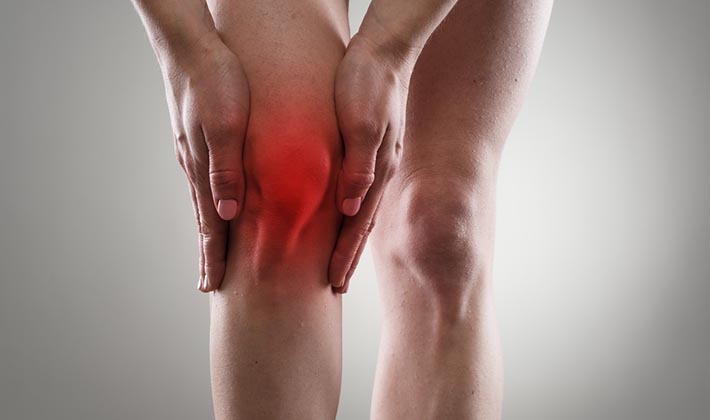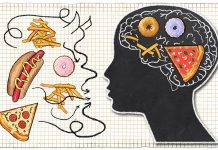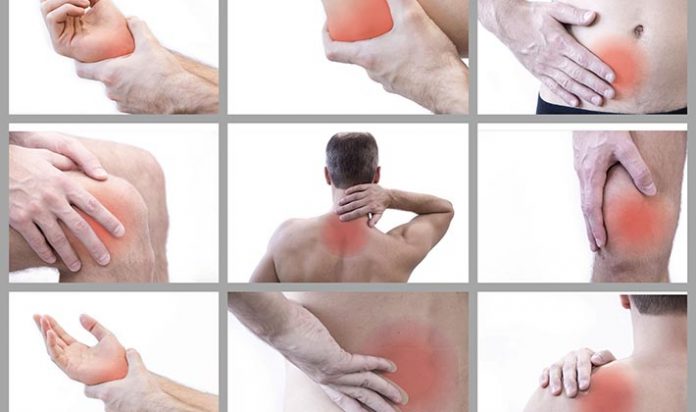Surprisingly, most of the myths people believe about pain and aging aren’t necessarily true:
- Pain is not inevitable with age
- Chronic pain does not have to get worse with age
- “grinning and bearing it” will not help you get used to the pain over time
Millions of older adults are suffering from pain right now unnecessarily because they believe one of those myths. Consequently, they haven’t bothered talking to their doctor.
But we strongly encourage you to start a conversation as soon as possible. Pain relief could be right around the corner for you – and you might not even know it!
Understanding the Cause of Your Pain Can Help You Find the Right Treatment
Most people think that all pain is the same. But it can vary greatly depending on the cause. And no, we’re not just talking about the location of your pain in your body. We’re talking about the physiological cause of the pain you are suffering from. Let’s take a look at some examples of why people feel pain as they age to help you get a better understanding.
Increased Inflammation
Transient or acute inflammation is good for your body and helps you heal from injuries and disease. But acute inflammation can cause pain if left unchecked. When an area of your body becomes chronically inflamed as you age – like your finger joints, for example – your body continuously bombards it with white blood cells. The white blood cells, in their efforts to repair any damage they discover, are constantly spewing out cellular byproducts which stimulate nerves in the area. This neurostimulation is frequently perceived as pain by the brain.
Common treatments include:
- Diet and lifestyle changes
- NSAIDs
- Corticosteroids
- Anti-inflammatory herbal remedies
Osteoarthritis
Osteoarthritis is very different from inflammatory conditions like synovitis. Once synovitis advances enough to where the tissues between bones completely degenerate, it becomes osteoarthritis. In addition to inflammation exciting your nerves, you lose the support of connective tissues between your bones to the point where they are literally grinding together. This also causes its own form a stiffness and pain and amplifies inflammatory pain.
Common treatments include:
- analgesics or NSAIDs (to reduce pain)
- Prescription painkillers
- Capsaicin cream
- Corticosteroid injections into the joint
- Physical therapy
- Surgery
Problems With Tendons or Ligaments

As you get older, if the connective tissues surrounding your joints become thick, stiff, and/or inflamed, this is known as adhesive capsulitis. It most commonly occurs in your shoulder joint(s) (AKA “frozen shoulder”). Because these ligaments are so stiff and tight, it becomes painful to move them and you start to lose range of motion. It is most frequently diagnosed between the ages of 40 and 60, and it’s more common in women than it is in then. It is most often caused by acute injury, diabetes, stroke, thyroid disorders, or Parkinson’s disease.
Common treatments include:
- Hot and cold compress therapy
- Anti-inflammatory medications
- Physical therapy
- Daily targeted exercises
- Electrical nerve stimulation
- Anesthetized joint manipulation
- Shoulder arthroscopic surgery
Pinched Nerves
When surrounding tissues put too much physical pressure on one or more nerves, it will disrupt that nerve’s natural function. This disruption of electrical impulses sent back and forth across the pinched nerve will send pain signals to your brain. What’s especially troublesome about pinched nerves is that the pain isn’t localized to the pinched area itself; it radiates down the entire nerve and can cause pain along the whole area, i.e. a pinched nerve in your upper back sending pain all the way down your arm. Pinched nerves can also cause numbness, tingling, and muscle weakness in addition to pain.
Common treatments include:
- Physical therapy
- NSAIDs
- Naproxen
- corticosteroid injections
- surgery
Neurodegenerative Diseases
Pinched nerve pain should not be confused with pain associated with neurodegenerative disease. The most common types of neurodegenerative diseases include:
- Alzheimer’s Disease
- Parkinson’s Disease
- Huntington’s Disease
- Spinocerebellar Ataxia
- Spinal Muscular Atrophy
- Motor Neuron Diseases
The types of pain you experience with neurodegenerative disease will vary due to the unpredictable nature of the disease. As such, pain management and course of treatment will also vary between individuals on a case-by-case basis. If you have a positive neurodegenerative disease diagnosis, it’s important to communicate with your doctor as soon as you start experiencing pain in order to get the most effective treatment.























































